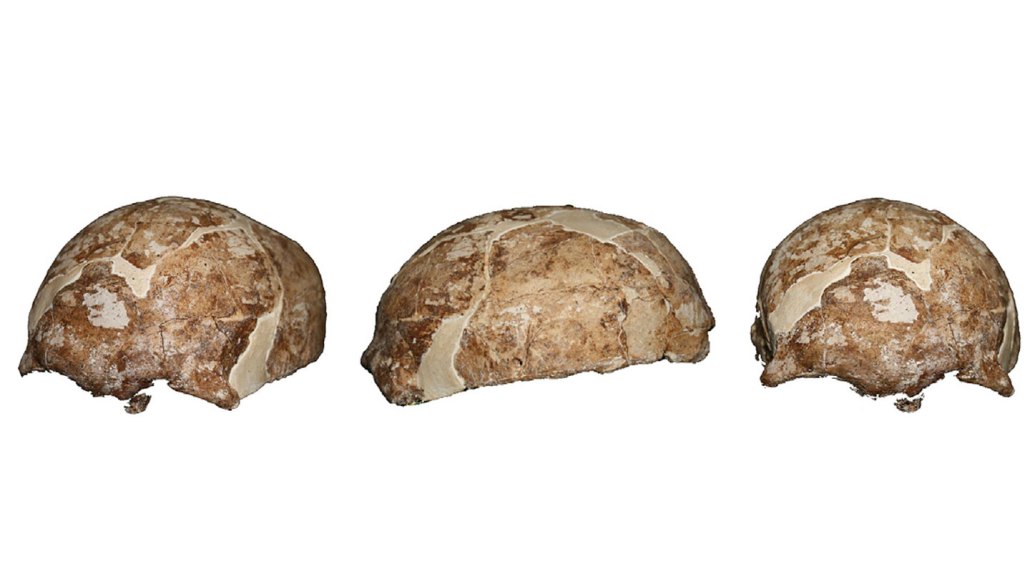Ancient DNA links an East Asian Homo sapiens woman to early Americans
An unusual hominid fossil from southwestern China is finally giving up its secrets

DNA from this approximately 14,000-year-old partial skull (shown from multiple angles) found in southwestern China pegs the find as a member of a Homo sapiens population with genetic ties to Native Americans.
X. Zhang et al/Current Biology 2022







